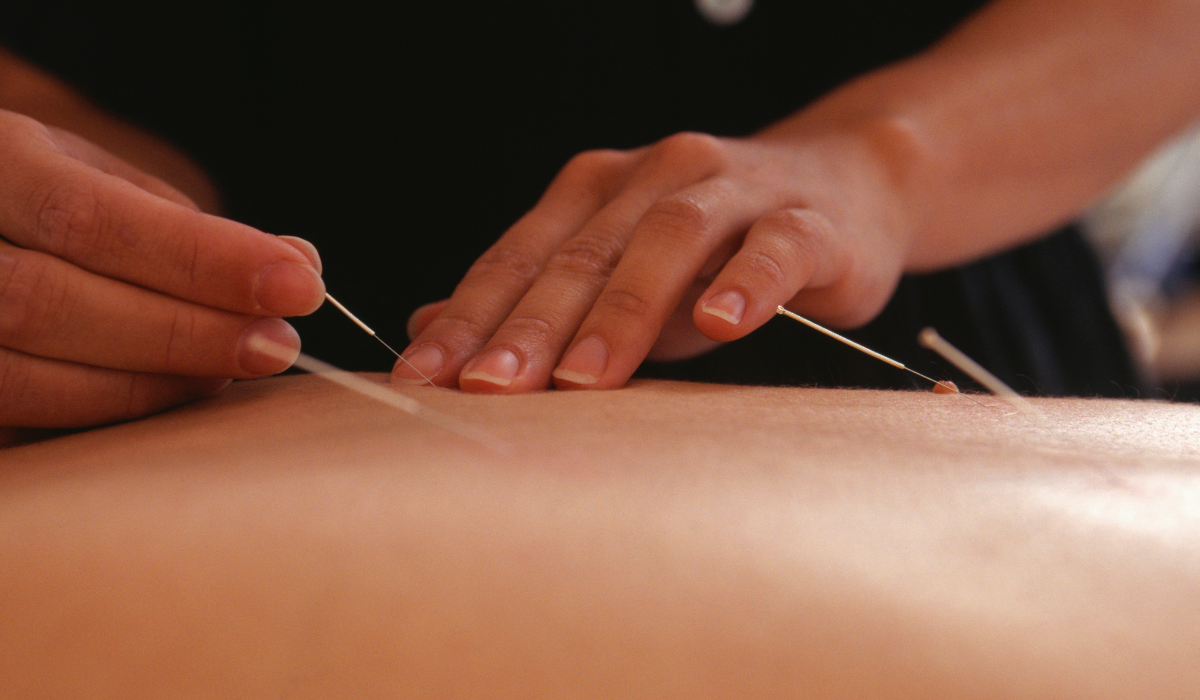Acupuncture, an ancient Chinese healing practice, has gained popularity in recent years as a natural remedy for various health issues. One area where acupuncture has shown promising results is in alleviating after birth pains experienced by women post-delivery. These after birth pains, also known as afterbirth contractions or uterine cramps, are a normal part of the postpartum recovery process as the uterus contracts back to its pre-pregnancy size. While these pains can be uncomfortable and sometimes intense, acupuncture offers a safe and effective alternative to traditional pain medication, helping women find relief and support their overall postpartum healing journey.

What exactly causes after birth pains?

How long do after birth pains typically last?
After birth pains, also known as postpartum contractions, typically last for a few days to a week after childbirth. These pains are caused by the uterus contracting and shrinking back to its pre-pregnancy size. The intensity of these pains can vary from woman to woman, with some experiencing mild discomfort while others may feel more intense cramping sensations. These pains are usually most noticeable during breastfeeding or when the mother’s body releases oxytocin. Overall, after birth pains are a normal part of the postpartum recovery process and gradually subside as the uterus heals.
Are after birth pains the same for every woman?
After birth pains, also known as postpartum or afterbirth contractions, may vary from woman to woman. These pains occur as the uterus contracts and shrinks back to its pre-pregnancy size. The intensity and duration of these pains can depend on a variety of factors such as the mother’s individual pain tolerance, whether it is her first or subsequent pregnancy, if she had a vaginal or cesarean delivery, and how quickly her uterus returns to its original size. While some women may experience mild discomfort, others may have more intense pains that can be similar to labor contractions. Additionally, breastfeeding can stimulate the release of oxytocin, which can increase the intensity of after birth pains. Overall, every woman’s experience with after birth pains can differ.
Can after birth pains be worse with each subsequent pregnancy?
Yes, after birth pains can be worse with each subsequent pregnancy. After giving birth, the uterus contracts to return to its pre-pregnancy size. These contractions can cause discomfort known as after birth pains or postpartum cramps. With each subsequent pregnancy, the uterine muscles may be more stretched and less toned, leading to stronger and more intense contractions. Additionally, the body’s natural response to subsequent pregnancies is to release higher levels of the hormone oxytocin, which stimulates uterine contractions and can result in increased pain.
How can after birth pains be managed or relieved?

After birth pains, also known as postpartum contractions or afterbirth cramps, can be managed or relieved through various methods. One common approach is the use of pain medication, such as nonsteroidal anti-inflammatory drugs (NSAIDs), which help reduce inflammation and discomfort. Applying heat to the affected area, either through warm compresses or a heating pad, can also provide relief. Engaging in relaxation techniques, such as deep breathing exercises or meditation, can help alleviate the intensity of the pain. Additionally, breastfeeding releases oxytocin, which helps the uterus contract and may aid in reducing after birth pains. Consulting with healthcare professionals for personalized advice and guidance on managing after birth pains is crucial for effective relief.
Are there any long-term effects of after birth pains?
After birth pains, also known as postpartum or afterbirth contractions, are experienced by women after giving birth. These pains occur as the uterus contracts and returns to its pre-pregnancy size. While these pains can range from mild discomfort to intense cramping, they generally subside within a few days or weeks after delivery. In terms of long-term effects, after birth pains do not typically have any significant lasting consequences. However, if the pain persists or becomes severe, it is important for women to consult their healthcare providers as it could indicate an underlying issue that needs attention.
Do hormonal changes contribute to after birth pains?
Yes, hormonal changes do contribute to after birth pains. After childbirth, the level of certain hormones like oxytocin and prostaglandins in a woman’s body decreases. Oxytocin is responsible for contracting the uterus during labor, and its decline can lead to increased uterine discomfort. Prostaglandins help regulate inflammation and pain, and their reduction can also contribute to postpartum pain. Additionally, hormonal imbalances can affect the production of endorphins, which are natural pain-relieving substances. Therefore, hormonal changes play a significant role in the intensity and duration of after birth pains.

Can after birth pains interfere with breastfeeding?

Yes, after birth pains, also known as afterbirth contractions or postpartum cramps, can interfere with breastfeeding. After childbirth, the uterus begins to contract and return to its pre-pregnancy size. These contractions can be painful and may intensify while breastfeeding due to the release of oxytocin, a hormone that stimulates both milk let-down and uterine contractions. The pain from these contractions can make it uncomfortable for the mother to breastfeed, affecting her ability to properly latch the baby and causing difficulties in establishing a good breastfeeding routine. However, these pains usually subside within a few days as the uterus returns to its normal state.
The Impact and Management of Postpartum Pains: Understanding After Birth Discomfort
In conclusion, acupuncture has shown promise in providing relief for after birth pains. Research studies have indicated that acupuncture can effectively reduce postpartum pain and discomfort, allowing new mothers to recover more quickly and fully. By stimulating specific points on the body, acupuncture can help regulate hormone levels, promote blood circulation, and relax muscles, thereby alleviating after birth pains. However, further scientific investigation is needed to fully understand the mechanisms behind acupuncture’s effectiveness and to establish standardized protocols for its use in postpartum care. Nevertheless, with its long-standing history and minimal side effects, acupuncture holds potential as a complementary therapy to manage after birth pains and support women’s overall well-being in the postpartum period.
